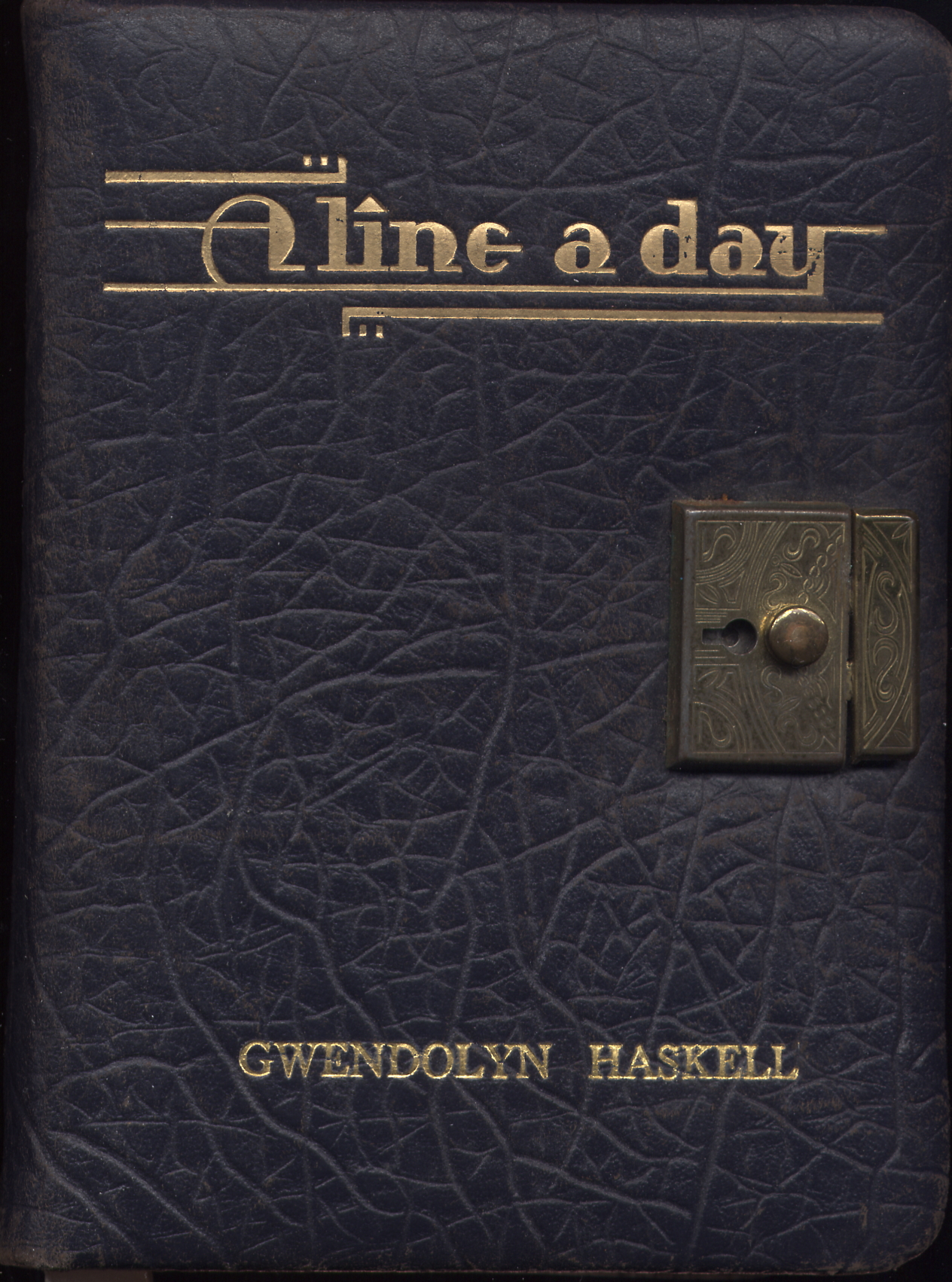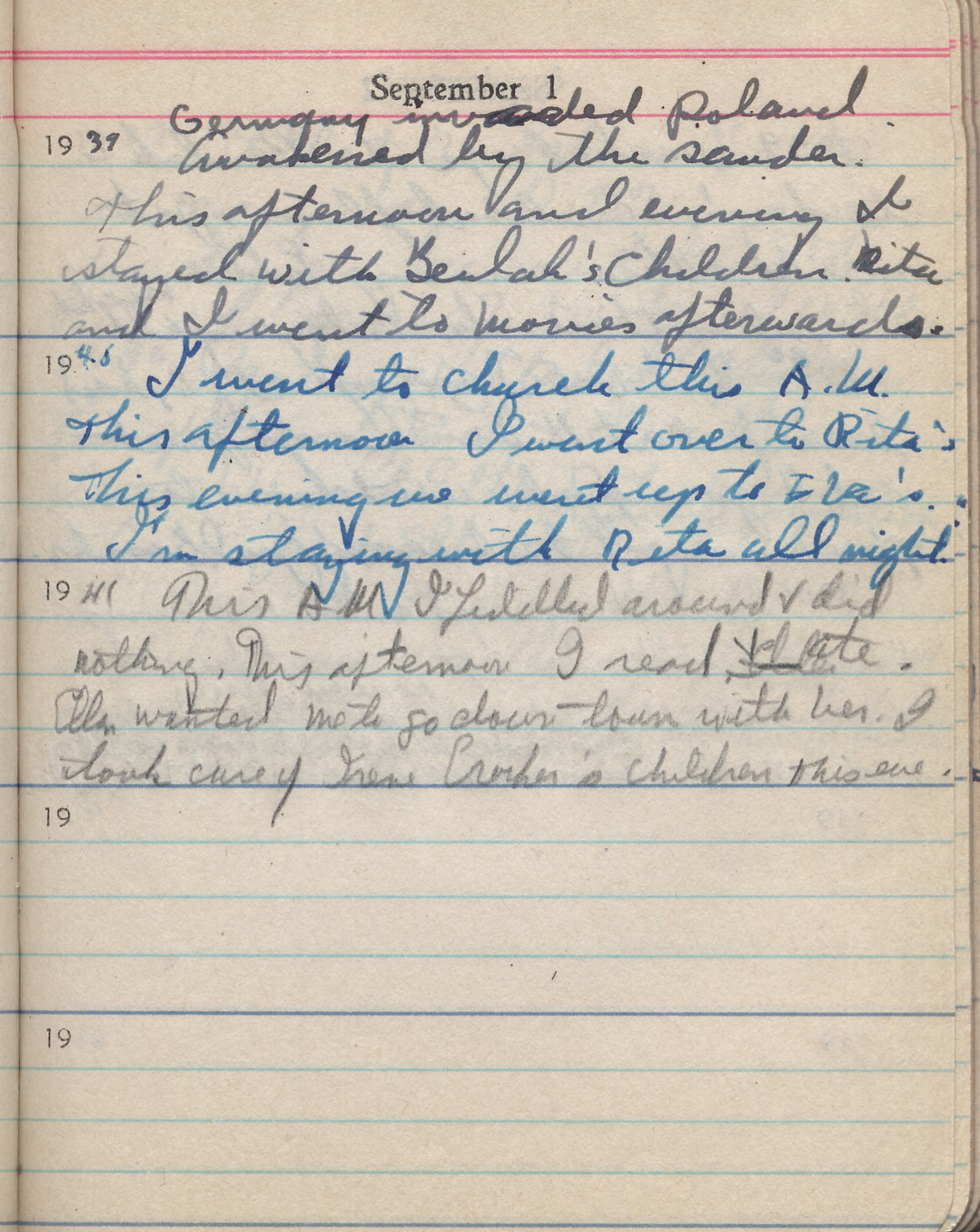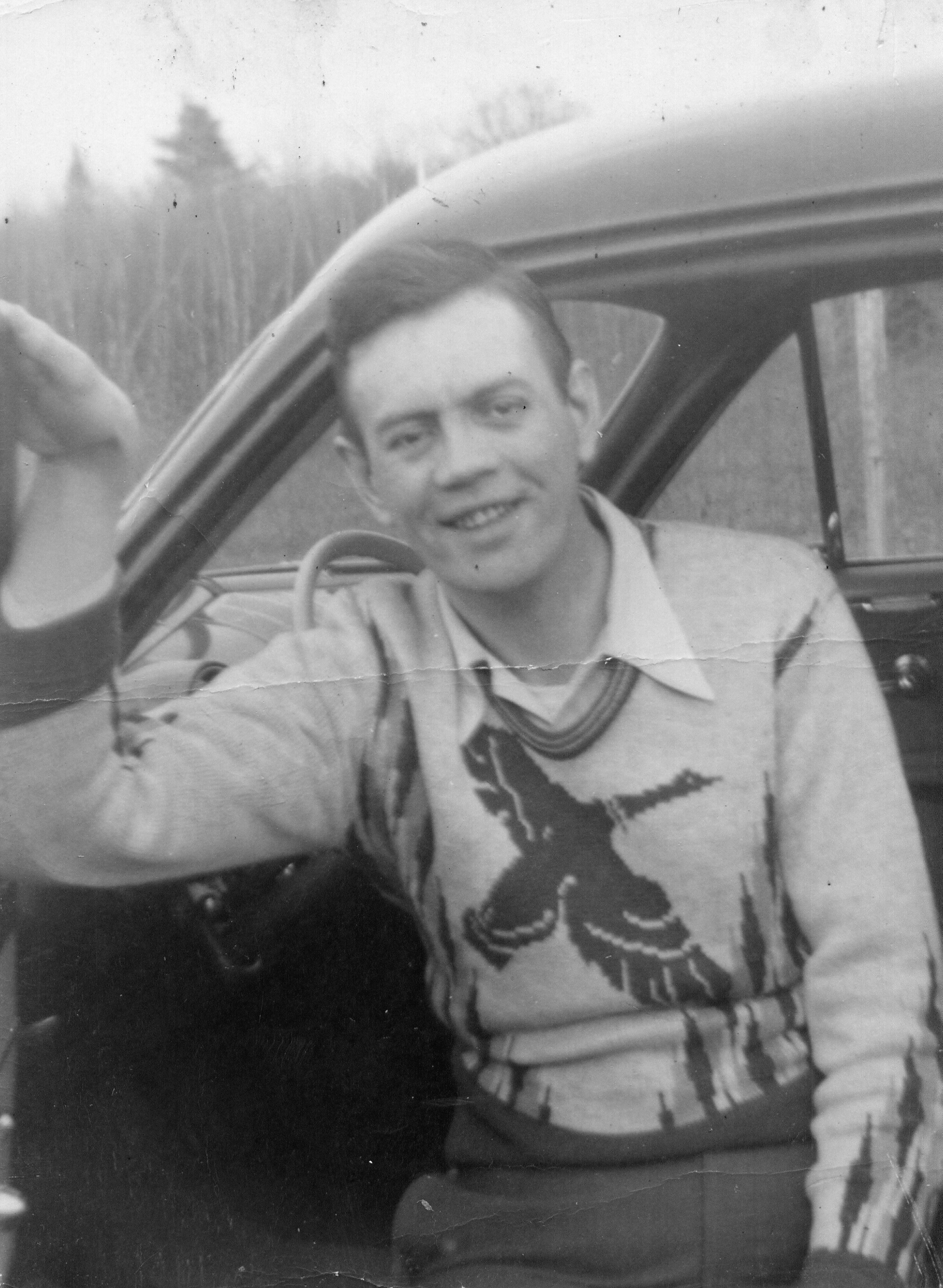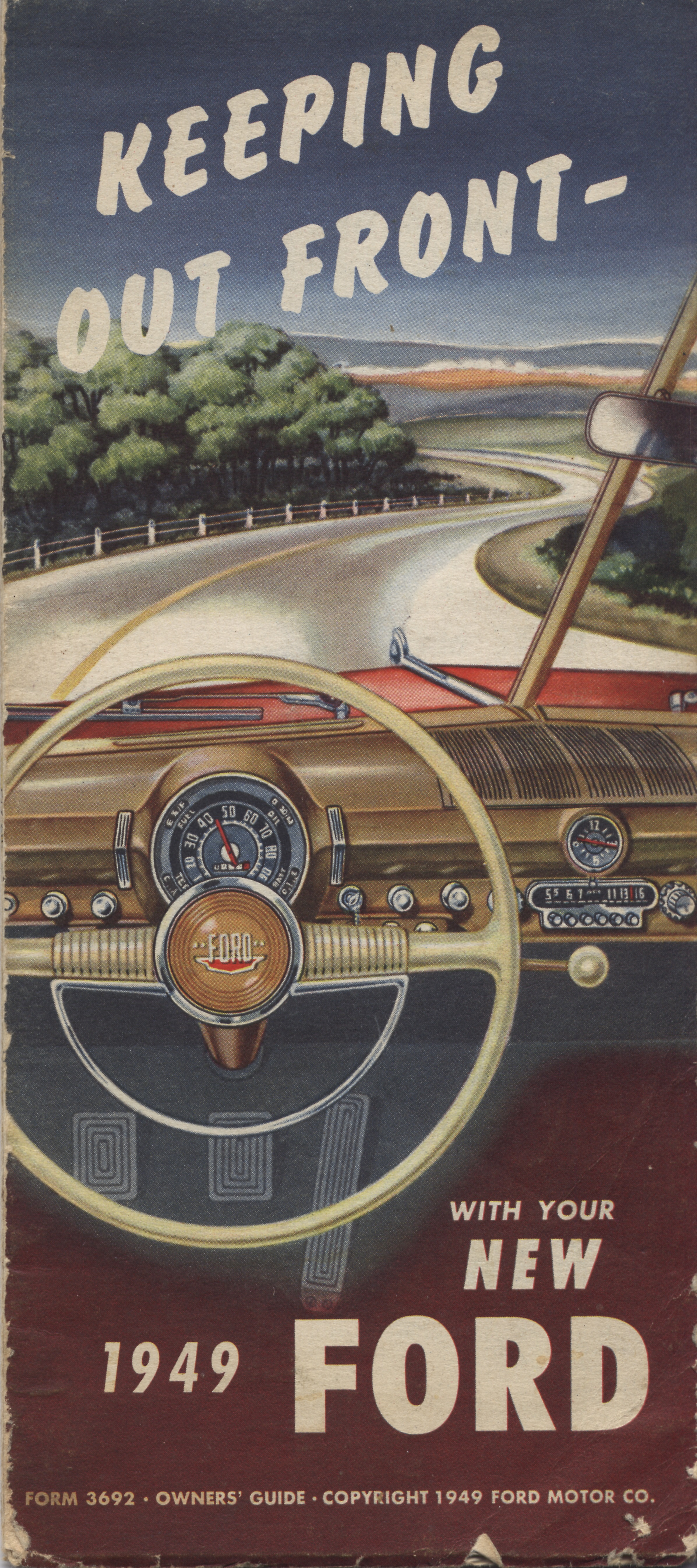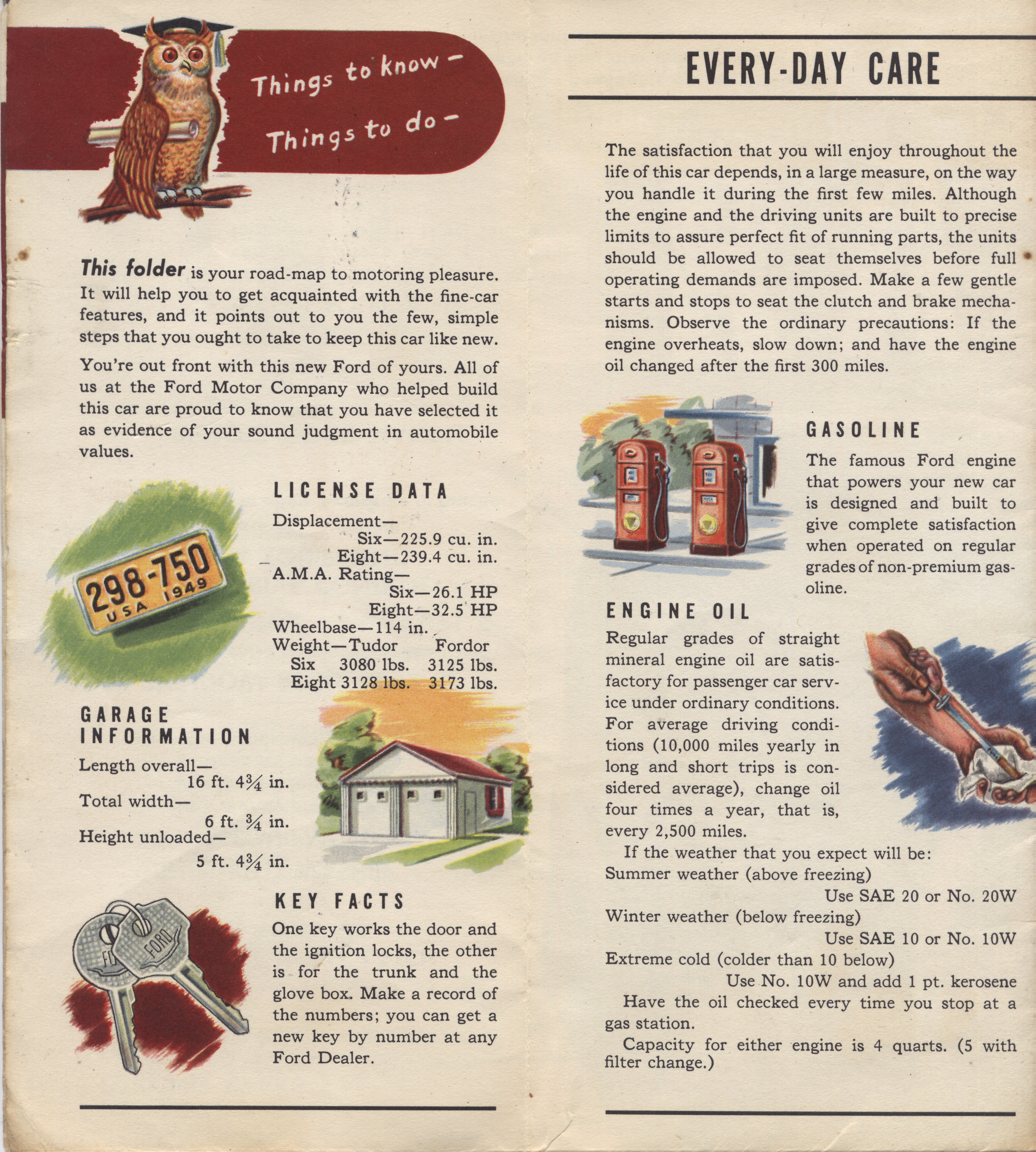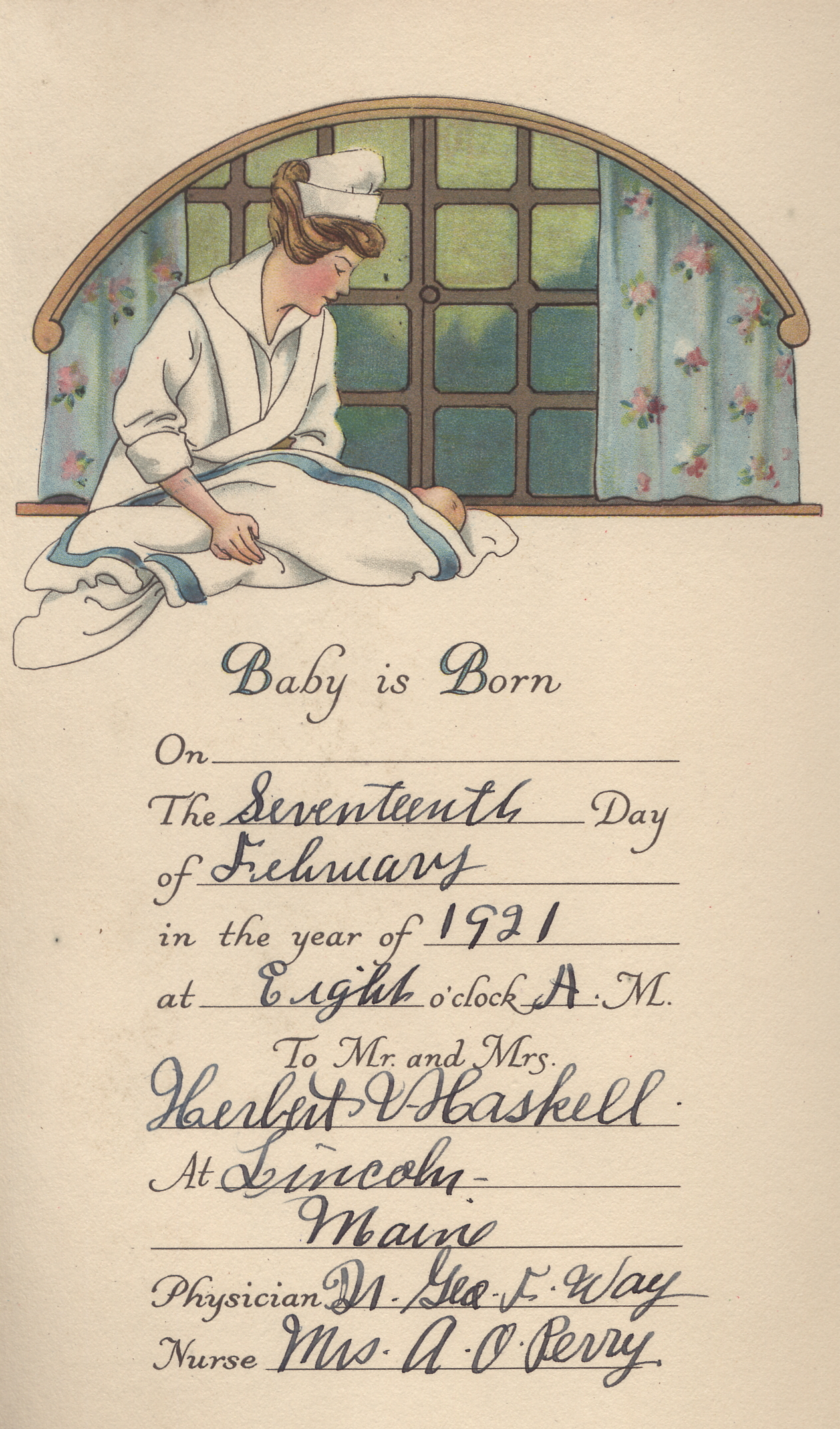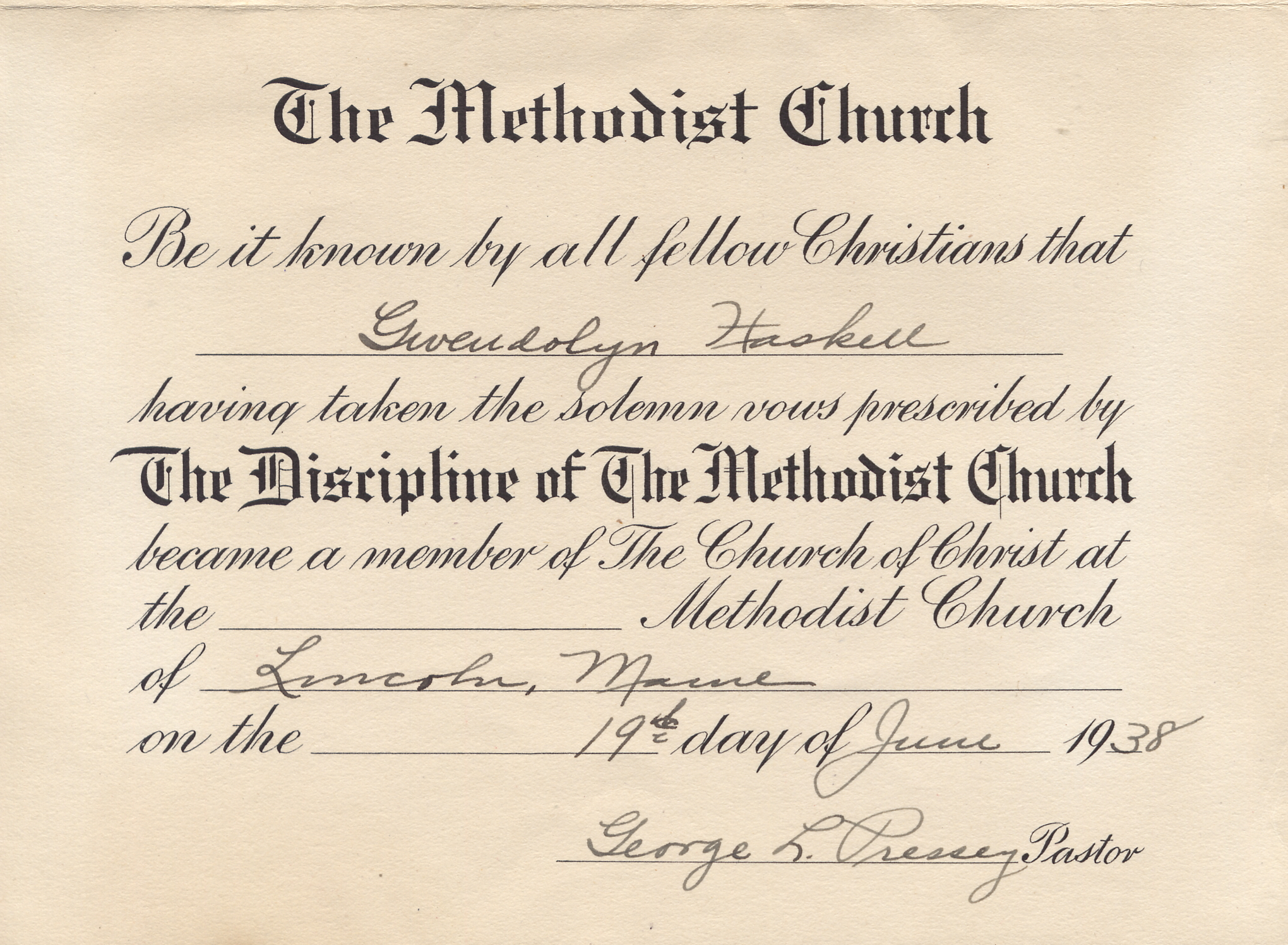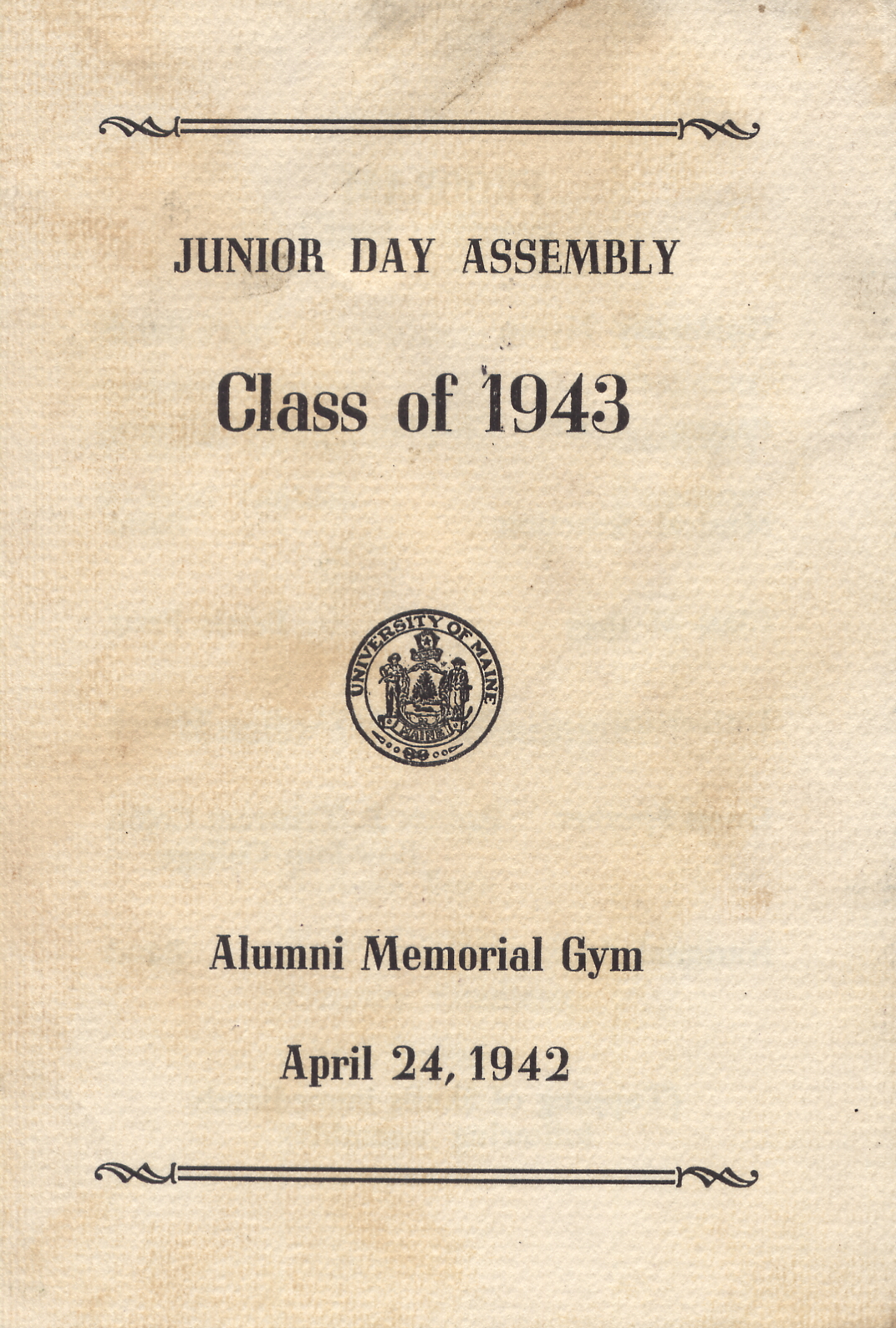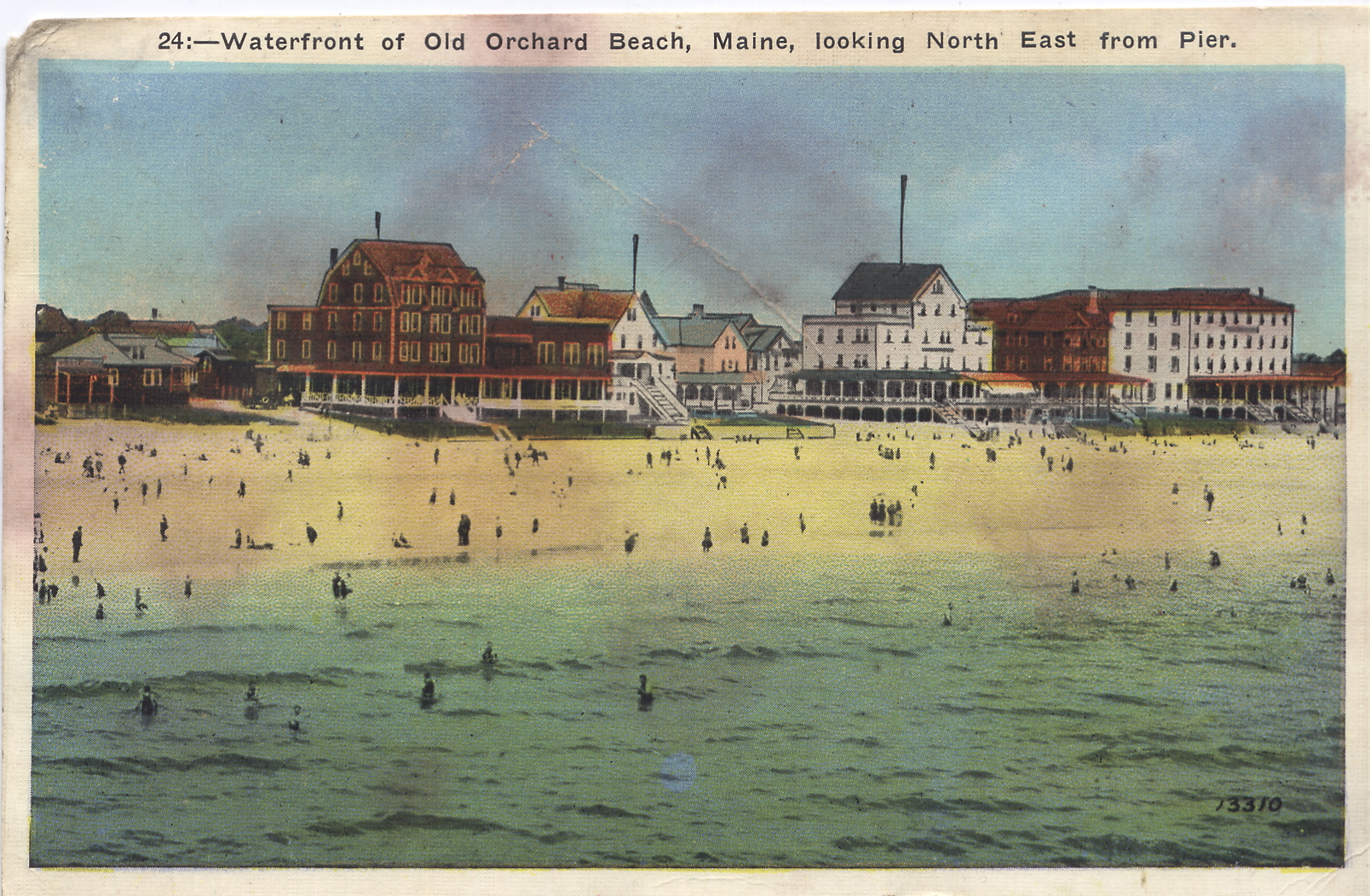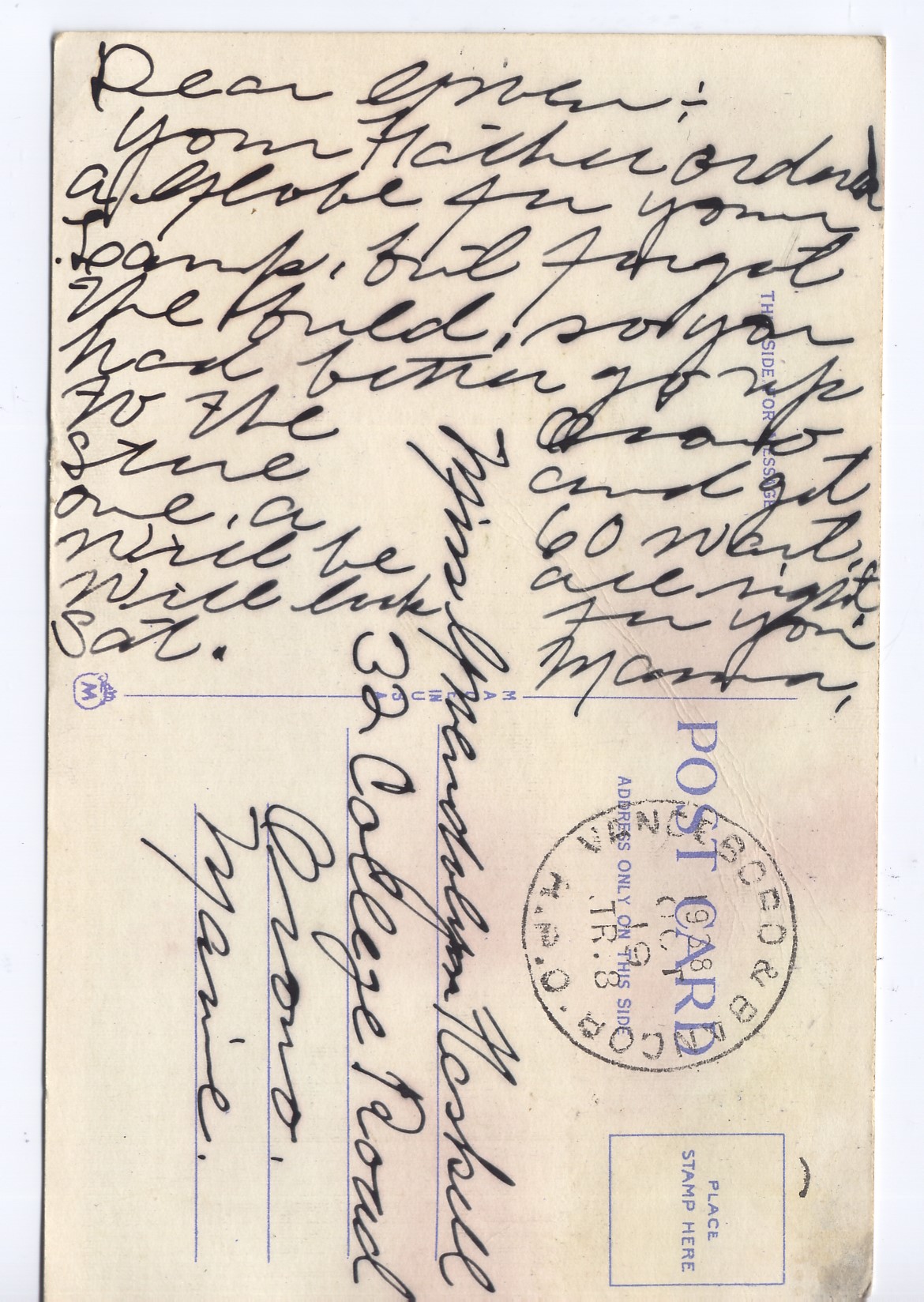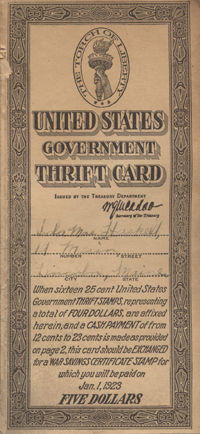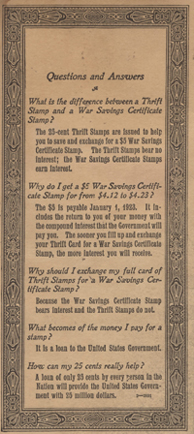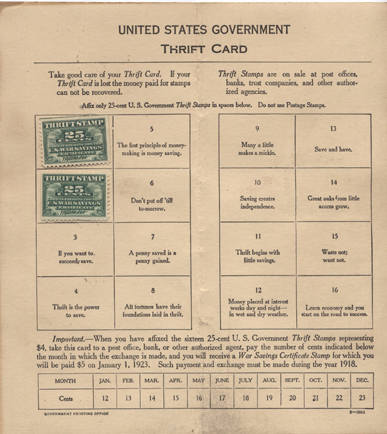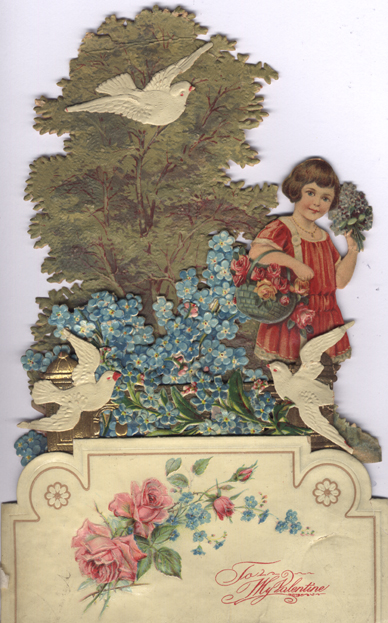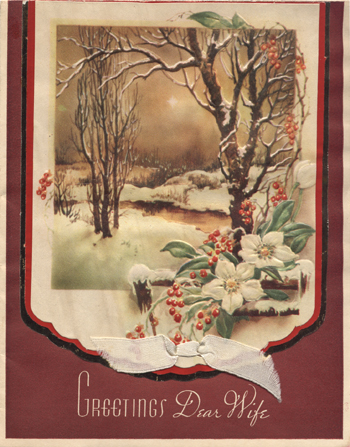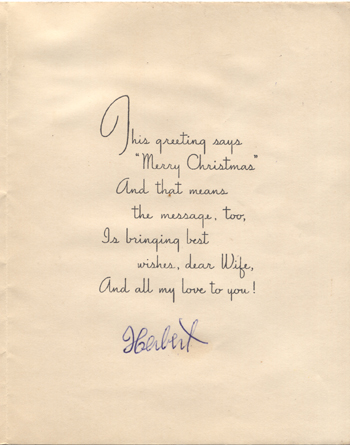From the Cigar Box
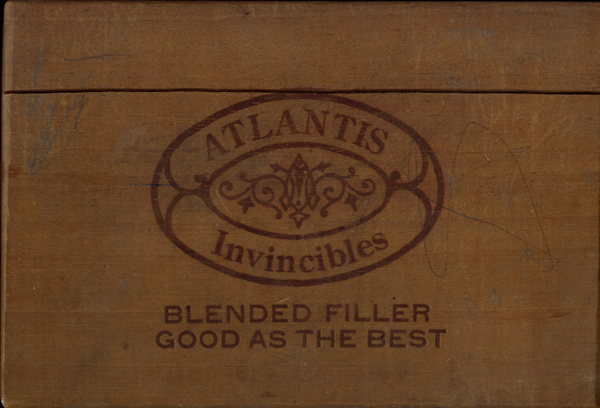
In amongst all the personal family items I've inherited over the years is a cigar box that had been packed, mostly by my grandmother, with various mementos. I thought I'd start scanning some of these item and sharing them as part of the column I write for the Haskell Family Association's family history publication, the Haskell Journal. Since printed copies of the journal have limitations on size, I am also placing the images here on the web in their full size.
|
Haskell Journal, Issue 87, July 2012 There may be a few HFA members that remember using this column’s scan, a World War II Fuel Oil ration book that belonged to my Great Aunt Ida Mae Haskell(1902-1992). 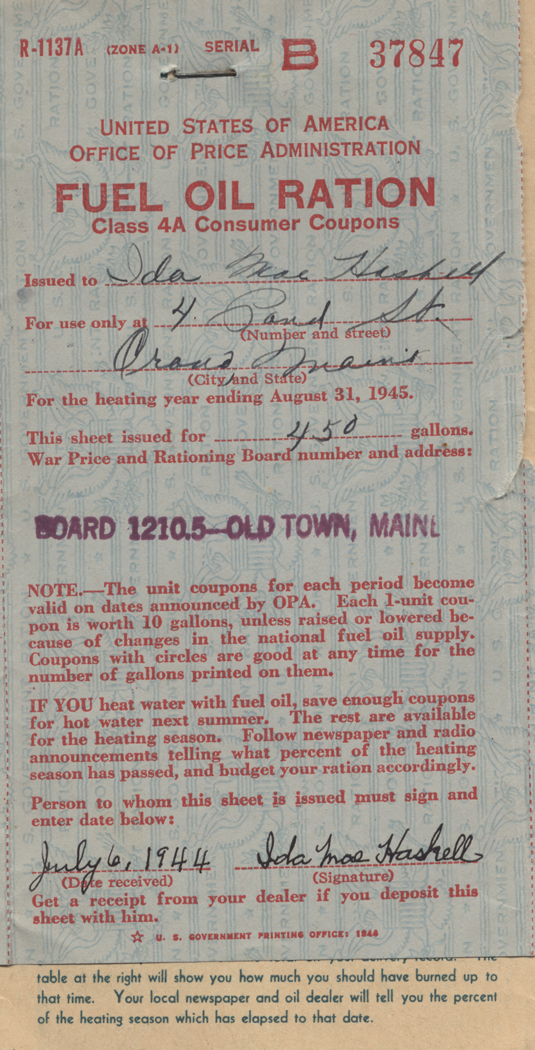 Ida must have followed the “8 Easy Ways to Save Oil” tips pretty closely, because along with the 18 gallons of stamps you can see in the scan there are stamps for another 144 gallons still left in the book. The tips seem pretty useful even today, excepting number 3 that suggests only leaving your windows open “only an inch or so” in the winter, that might be frowned upon these days. Ida must have followed the “8 Easy Ways to Save Oil” tips pretty closely, because along with the 18 gallons of stamps you can see in the scan there are stamps for another 144 gallons still left in the book. The tips seem pretty useful even today, excepting number 3 that suggests only leaving your windows open “only an inch or so” in the winter, that might be frowned upon these days. 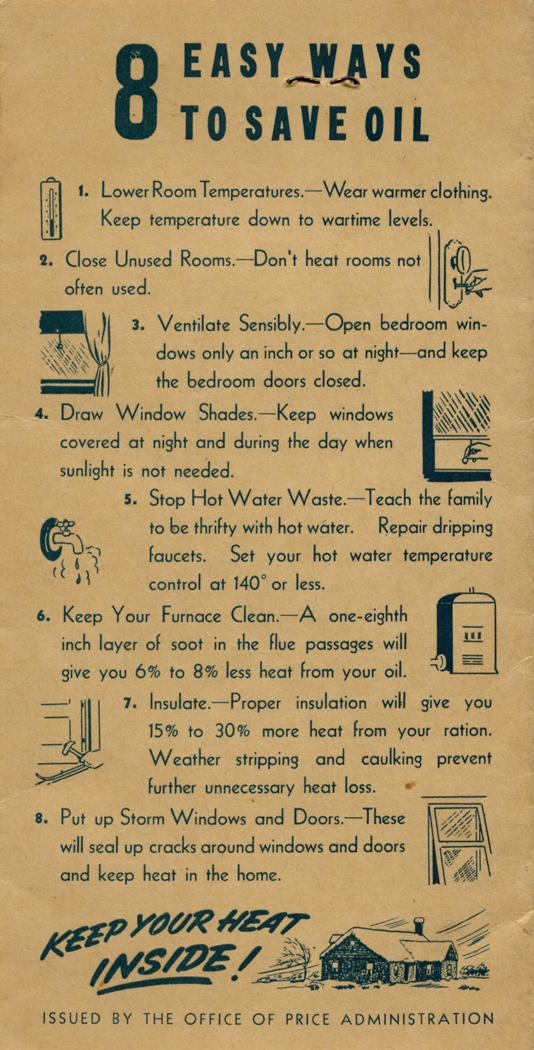 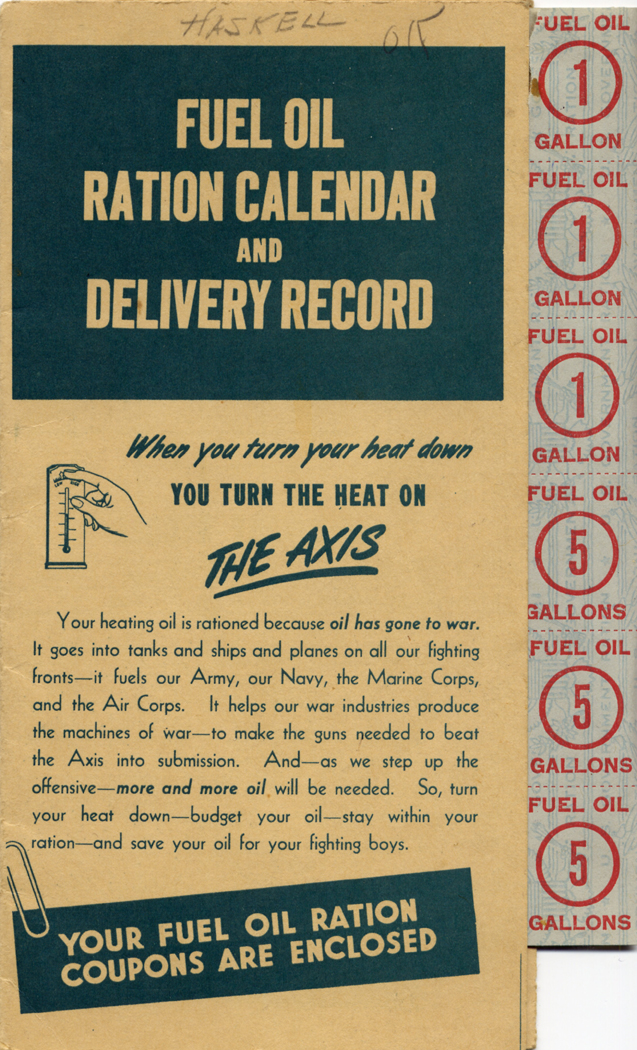 |
